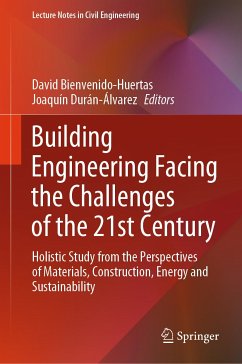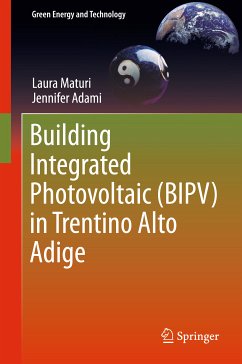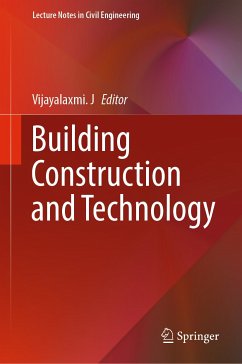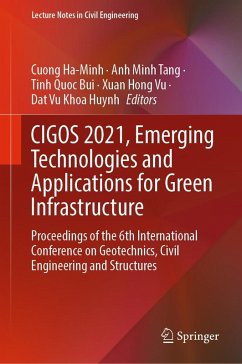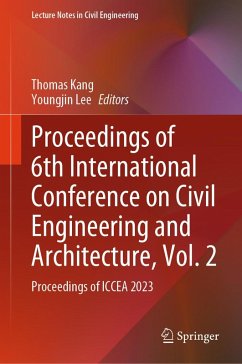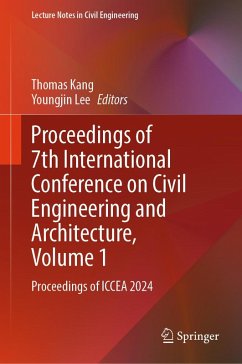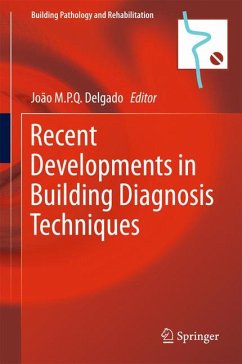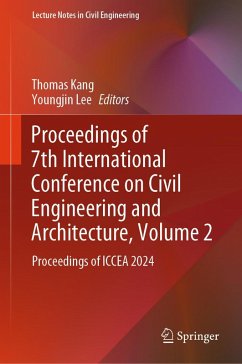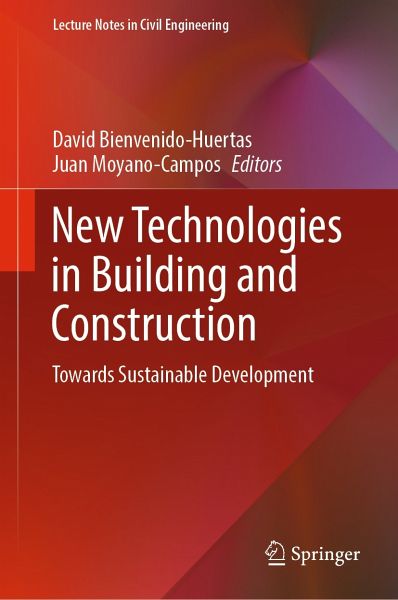
New Technologies in Building and Construction (eBook, PDF)
Towards Sustainable Development
Redaktion: Bienvenido-Huertas, David; Moyano-Campos, Juan
Versandkostenfrei!
Sofort per Download lieferbar
80,95 €
inkl. MwSt.
Weitere Ausgaben:

PAYBACK Punkte
40 °P sammeln!
This book presents contributions on new technologies in building and construction. Buildings are complex elements that impact environment significantly. The sustainability of this sector requires a holistic and multidisciplinary approach that allows adequate strategies to be established to reduce its environmental impact. This heterogeneity is represented in these chapters, which have been developed by researchers from different countries. The book is divided into three sections: (i) analysis, (ii) design and modeling, and (iii) solutions. The book chapters together represent an advance in cur...
This book presents contributions on new technologies in building and construction. Buildings are complex elements that impact environment significantly. The sustainability of this sector requires a holistic and multidisciplinary approach that allows adequate strategies to be established to reduce its environmental impact. This heterogeneity is represented in these chapters, which have been developed by researchers from different countries. The book is divided into three sections: (i) analysis, (ii) design and modeling, and (iii) solutions. The book chapters together represent an advance in current knowledge about new technologies in building and construction, crucial for researchers, engineers, architects, policy makers, and stakeholders.
Dieser Download kann aus rechtlichen Gründen nur mit Rechnungsadresse in A, B, BG, CY, CZ, D, DK, EW, E, FIN, F, GR, HR, H, IRL, I, LT, L, LR, M, NL, PL, P, R, S, SLO, SK ausgeliefert werden.



